The Auto-Enrolment (AE) thresholds have been frozen for the 2022-23 tax year, beginning 6 April 2022. This, it is hoped, will enable thousands more individuals to become eligible to put money aside for retirement, in addition to the 10 million already saving into a pension as a result of the regime.
The Government’s intention is to make possible and to promote a more inclusive savings culture, whilst keeping in mind the affordability of saving for retirement, for employers and employees.
The 2022-23 thresholds are as follows:
- Auto-Enrolment earnings trigger = £10,000
- Lower Earnings Limit (LEL) for qualifying earnings band = £6,240
- Upper Earnings Limit (UEL) for qualifying earnings band = £50,270
What is Auto-Enrolment, and who is eligible?
Auto-Enrolment demands that every UK employer places eligible staff into a qualifying pension scheme, in addition to making legal minimum contributions to the ‘pot’.
To be eligible for Auto-Enrolment, legislation states that a worker must be:
- at least 22 years of age, but younger than state pension age;
- earning more than £10,000 per annum; and,
- normally working in the UK.
The minimum contributions an employer must make is currently 3% of qualifying earnings, however you may choose to pay in more than this.
Be careful with calculations
With the LEL for AE having been frozen, there comes a warning about the fact that this is no longer aligned with the LEL for National Insurance Contributions (NICs). Going forward, this divergence must be taken into account when running any calculations.
Calls for expansion of Auto-Enrolment regime
Whilst the Government clearly believes that a more inclusive savings culture can be achieved as a result of keeping the thresholds static for 2022/23, a number of the pension industry’s most influential organisations have suggested that these thresholds still exclude too many, and especially when combined with the eligibility criteria for Auto-Enrolment.
There are calls for the regime to be extended, in order that different demographics of workers are treated equally and that, beyond just initiating the act of saving, people can save what is, realistically, going to be enough to sustain them throughout retirement.
The suggestions for expansion include scrapping the earnings trigger and qualifying earnings limits and lowering the age at which workers become eligible to 18, down from 22.
To do this would be to challenge the assumption that saving for the future is not held in as high regard by young people, and to make saving for retirement accessible and worthwhile for those taking their place in the world of work straight from school, or those working part-time whilst studying, as well as for people with lower ‘qualifying’ earnings.
There has also been much debate about if and how the regime could be reformed to support the self-employed, or whether an altogether different system could be established to see that they have an opportunity to save that is equivalent to that which employees benefit from.
Again, developments in respect of these conversations that are being had, are something that we will continue to monitor with interest and report on as appropriate, with our clients in mind.
How can GH Payscheme help?
At GH Payscheme, George Hay’s specialist Payroll Bureau in Biggleswade, Letchworth and Huntingdon, our team can assist you with administering your chosen workplace pension scheme and help you to ensure that you comply with all of the requirements of Automatic Enrolment and Re-Enrolment.
To discuss your requirements in more detail with one of our experts, call us on 01767 315010 or fill in our online enquiry form.









